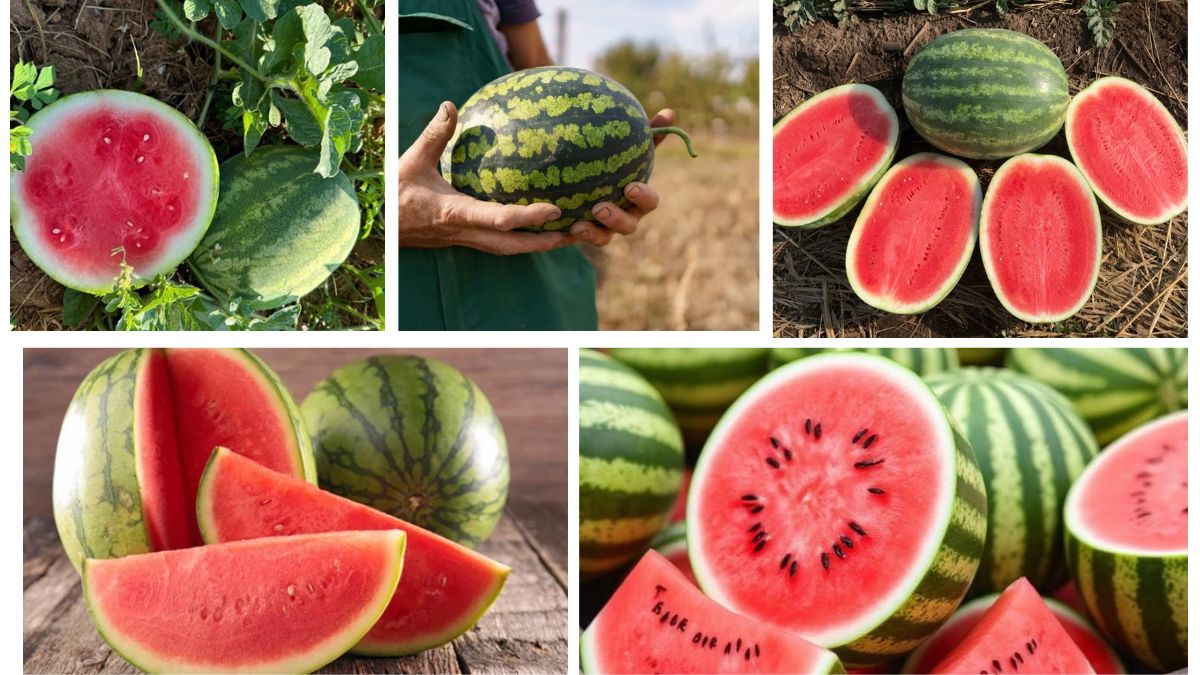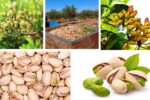Few fruits are as universally loved as the watermelon — a juicy, refreshing treat perfect for beating the summer heat. Known for its sweet, hydrating flesh and vibrant red interior dotted with glossy black seeds (or seedless varieties), watermelon is more than just a picnic staple; it’s one of the most cultivated and consumed fruits worldwide.
With its popularity soaring globally, it’s natural to wonder — which country is the largest supplier of watermelon in the world? This article explores the history, cultivation, global trade, and the leading nation behind the world’s largest watermelon harvest.
Introduction to Watermelons
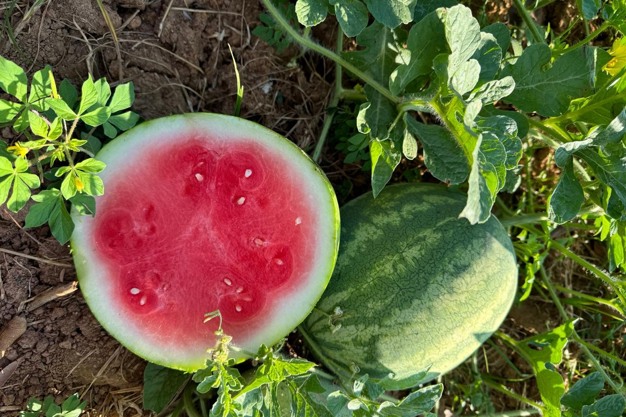
Watermelon (Citrullus lanatus) is a sprawling, vine-like plant originally native to Africa, where it has been cultivated for over 5,000 years. This thirst-quenching fruit belongs to the Cucurbitaceae family, alongside cucumbers, pumpkins, and squashes.
Watermelons thrive in warm, sunny climates and are typically grown in sandy, well-drained soils. The fruit is celebrated for its high water content — up to 92% — along with essential vitamins and antioxidants such as vitamin C, A, and lycopene.
Global Watermelon Production Overview
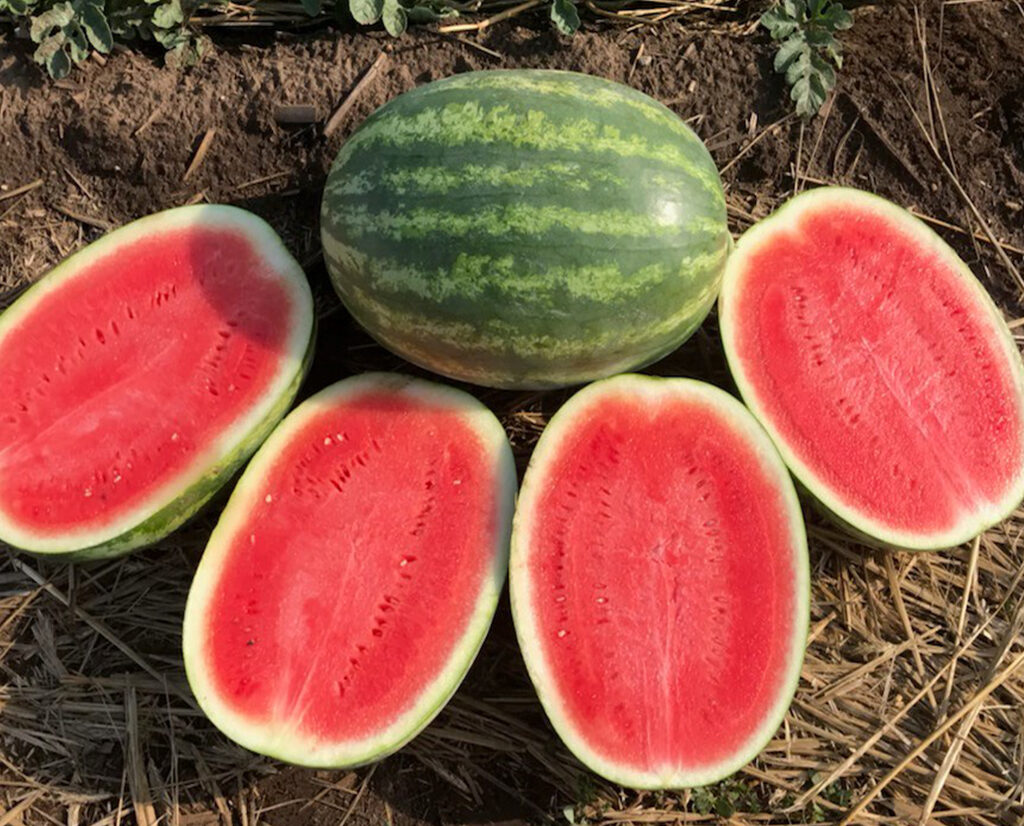
Watermelons are grown in over 100 countries, but production is largely concentrated in Asia, the Middle East, Europe, and North America. Global output has steadily increased due to rising consumer demand for fresh, healthy fruits.
According to the Food and Agriculture Organization (FAO), worldwide watermelon production surpasses 100 million metric tons annually, making it one of the top five most cultivated fruits by volume.
Which Country Is the Largest Watermelon Supplier in the World?
Based on the latest FAO data and international agricultural reports, China is the largest supplier of watermelon in the world — by a considerable margin.
China’s Watermelon Production Highlights
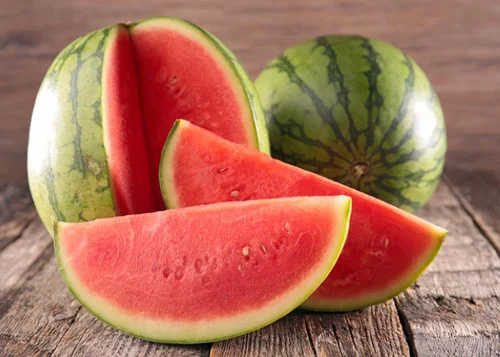
- Annual Production: Over 60 million metric tons
- Global Market Share: Roughly 60-65% of total world production
- Major Growing Provinces: Henan, Shandong, Hebei, Guangxi, and Xinjiang
- Key Export Markets: Southeast Asia, the Middle East, Russia, and occasionally Europe
China’s dominance in watermelon cultivation is unmatched, producing more than the next ten largest watermelon-producing countries combined.
Why Is China the Leading Watermelon Supplier?
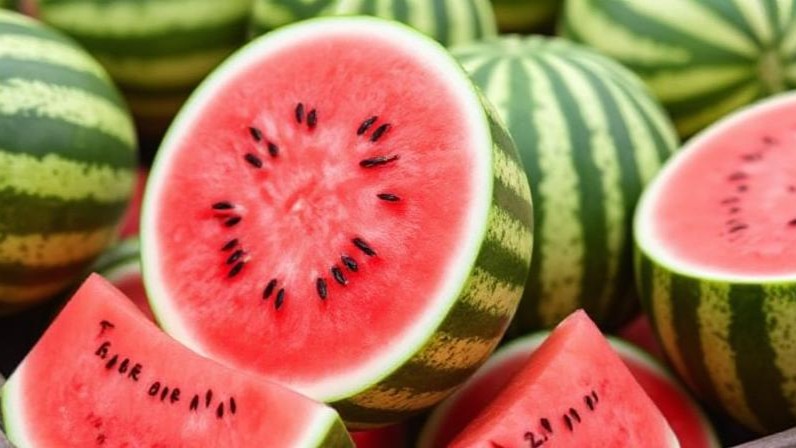
Several factors contribute to China’s dominance in watermelon farming:
Favorable Climate and Geography
China’s diverse geography, with its warm summers and fertile plains, offers ideal conditions for large-scale watermelon farming, especially in regions like Xinjiang and Guangxi.
Ancient Agricultural Heritage
Watermelon cultivation in China dates back over 1,000 years, deeply embedded in its agricultural traditions. Today, the fruit is a staple in Chinese households, markets, and cultural celebrations.
High Domestic Consumption
Chinese consumers have a profound love for watermelons, particularly during the scorching summer months. The per capita consumption is among the highest globally, ensuring strong domestic demand.
Large-Scale, Efficient Farming
Chinese farmers employ both traditional methods and modern, intensive farming techniques, including greenhouse cultivation, controlled irrigation, and mechanized harvesting to ensure high yields and year-round availability.
Expanding Export Market
While most watermelons are consumed domestically, China is increasing its export presence, especially in Southeast Asia, Russia, and the Middle East, capitalizing on its production surplus.
Other Major Watermelon Producing Countries
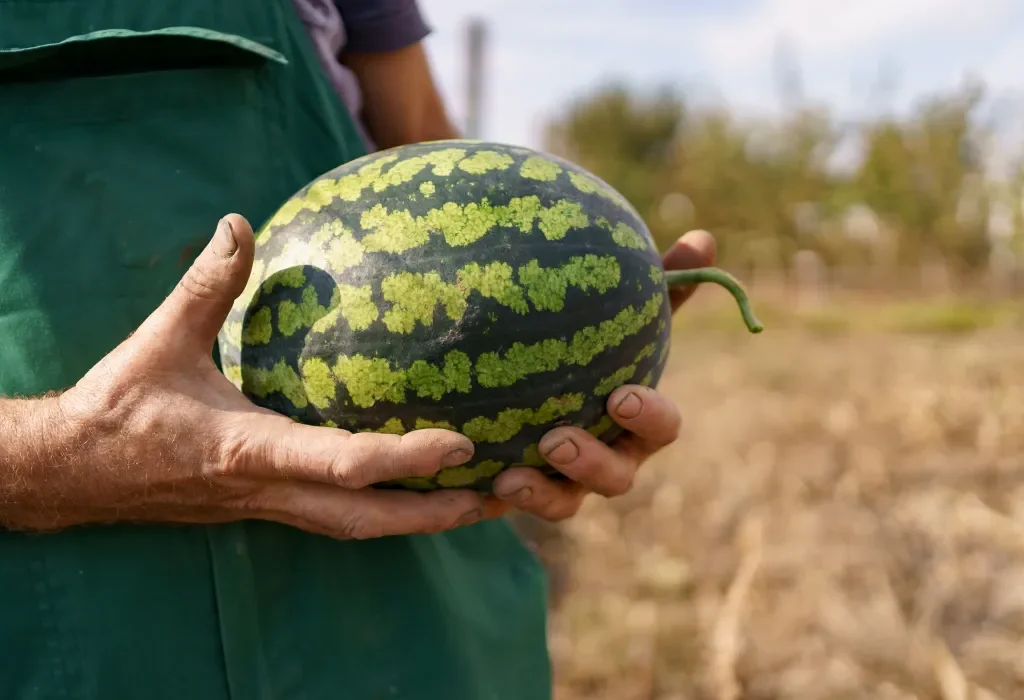
Though China leads globally, several other countries also make significant contributions to the world’s watermelon supply:
2. Turkey
- Annual Production: Around 4 million metric tons
- Key Growing Regions: Adana, Antalya, Mersin
- Notable Fact: Watermelon is an integral part of Turkish cuisine and summer culture.
3. India
- Annual Production: Approximately 3.5 million metric tons
- Major Growing Regions: Karnataka, Maharashtra, Tamil Nadu, Andhra Pradesh
- Notable Fact: India’s production has surged recently due to increased demand for hydrating, healthful fruits.
4. Iran
- Annual Production: Roughly 3 million metric tons
- Notable Fact: Watermelon has deep roots in Iranian tradition, especially during Yalda Night, an ancient festival marking the longest night of the year.
5. Algeria
- Annual Production: Around 2.5 million metric tons
- Notable Fact: Algeria exports watermelons to neighboring African and European markets.
Other important producers include Brazil, Russia, Egypt, the United States, and Mexico.
Popular Watermelon Varieties Worldwide
Watermelon varieties differ by size, color, rind pattern, and flesh characteristics. Some popular types include:
- Crimson Sweet: Classic striped rind, deep red flesh, known for sweetness.
- Sugar Baby: Small, round, thin-rind watermelon with intense flavor.
- Jubilee: Large, oblong fruit with excellent yield.
- Yellow Doll: Yellow-fleshed, seedless variety.
- Icebox: Small to medium-sized, suitable for home refrigeration.
China, in particular, grows hundreds of regional and hybrid varieties catering to local preferences and export demands.
Health Benefits of Watermelons
Beyond their delicious flavor, watermelons offer several health advantages:
- Hydration: Contains over 92% water, making it ideal for hydration.
- Rich in Vitamin C and A: Supports immunity and skin health.
- Packed with Lycopene: An antioxidant linked to heart health and cancer prevention.
- Supports Muscle Recovery: Contains citrulline, an amino acid beneficial for athletes.
- Low-Calorie Snack: Naturally low in calories and fat.
These benefits have increased watermelon’s popularity as a functional health food worldwide.
Challenges in Global Watermelon Farming
Despite its popularity, watermelon farming faces several hurdles:
- Perishability: Watermelons have a short shelf life, requiring efficient logistics.
- Seasonal Production: In most regions, watermelons are seasonal crops, limiting year-round supply.
- Pests and Diseases: Vulnerable to fungal infections, fruit borers, and aphids.
- Climate Sensitivity: Extreme weather patterns like drought, hail, or heatwaves affect yields.
Innovations in greenhouse cultivation, improved storage facilities, and disease-resistant varieties are helping address these issues.
The Future of Watermelon Farming
The global watermelon industry is projected to grow steadily, driven by:
- Rising consumer preference for healthy, hydrating fruits
- Expansion of seedless and mini-watermelon varieties
- Growth in emerging markets like Southeast Asia, the Middle East, and Africa
- Increased demand for export-quality watermelons with extended shelf life
China is expected to maintain its leadership position due to its vast farmlands, diverse cultivars, and efficient farming practices. However, countries like Turkey, India, and Iran are gradually boosting production and export potential.
Conclusion
China is unequivocally the largest watermelon supplier in the world, producing over 60 million metric tons annually — accounting for nearly two-thirds of global output. Its ideal growing conditions, centuries-old agricultural traditions, high domestic consumption, and growing export markets keep China at the forefront of the global watermelon industry.
While nations like Turkey, India, and Iran play significant roles, none rival China’s scale or output. As worldwide demand for fresh, hydrating fruits continues to grow, watermelon’s popularity is set to soar, with China leading the charge in both volume and innovation.
With advancements in farming technology, post-harvest handling, and value-added products like seedless varieties and watermelon juices, the future of watermelon farming looks bright — and China’s reign as the world’s top supplier remains secure.
